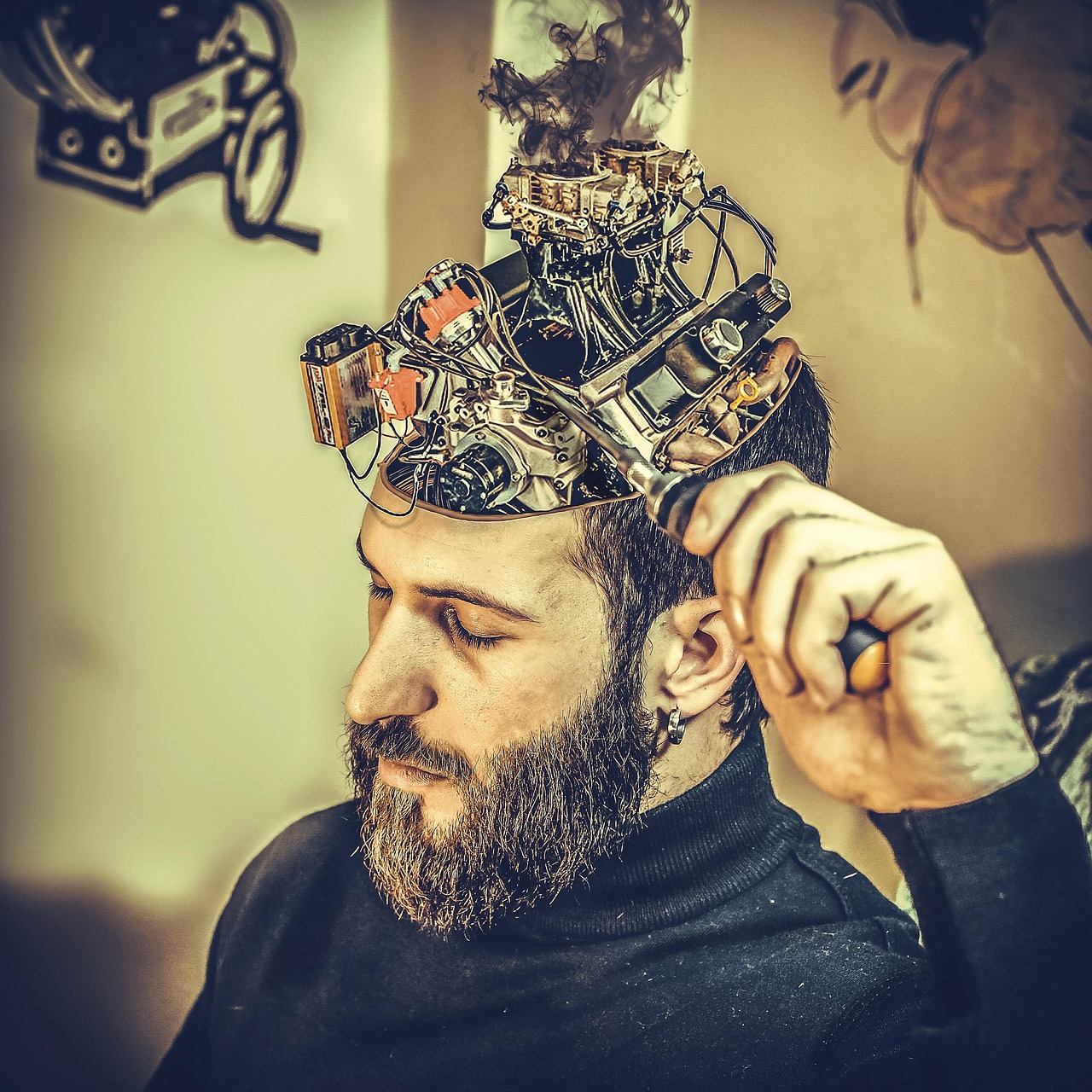Knowing how children's and adolescents' brains develop has transformed teaching, providing teachers with the evidence base they need to understand why certain methods are best suited for certain ages.
By matching their methods to the normal patterns of brain development, teachers build more powerful learning environments that support both academic success and emotional development.
The Developing Brain: A Construction Site in Progress
The human brain does not reach full maturity until around age 25, and various regions of the brain mature at amazingly different rates.
During the school years, students are experiencing amazingly rapid neural proliferation, synaptic pruning, and the gradual consolidation of connections between areas of the brain.
The prefrontal cortex, which is responsible for executive functions like planning, decision-making, and impulse control, matures particularly slowly, and that is why even bright teens sometimes make bewildering choices.
This continuous building results in what will be appropriate for the third-grader's mind being totally unsuitable for the high school student, and vice versa.
Children at the elementary school level, whose brains are constructing basic neural circuits, are served well by repetition, hands-on learning, and tangible examples.
Their emerging working memory systems demand that information be delivered in small doses with plenty of reinforcement.
Early Elementary: Laying the Groundwork
In K-3, kids' brains are creating new pathways at light speed as their attention spans are necessarily short. Good classroom practices during this period are regular movement breaks, multisensory experiences, and predictability routines so that growing brains under stress feel safe.
Teachers who are attuned to this developmental fact plan their days with a variety of activities, knowing that asking for focus for more than 10-15 minutes is a neurological impossibility.
The emotional regulation centers are also still in formation, so social-emotional learning integration is critical.
Basic breathing exercises, feeling identification activities, and clear behavioral expectations help students develop self-regulation skills their brains are not yet wired to do independently.
Middle Elementary: Cognitive Enrichment
When the students are in grades 4-6, their brains become capable of abstract thinking but still enjoy concrete representation and visual support. Working memory capacity increases, allowing more complex multi-step instructions and longer durations of sustained attention.
This is the ideal time to start introducing collaborative learning strategies since social cognition regions are developing at a very fast rate.
It is possible for teachers to start incorporating more student voice and choice in learning activities as brain areas responsible for making decisions are developing.
Scaffolding is nonetheless necessary because the distance between what students can grasp and what they are able to do unaided is still large.
Adolescence: The Renovation Years
The adolescent brain also reorganizes on a grand scale, with emotional centers forming prior to rational thinking centers.
This sets up the perfect scenario of intense emotions combined with still-developing judgment capabilities. Educators who grasp this neurologic truth can respond with more empathy to teen behavior instead of frustration.
Effective middle school and high school strategies take advantage of the brain's enhanced ability for abstract thinking while respecting emotional unpredictability.
Project-based learning, real-world problem-solving, and creative expression opportunities tap into the adolescent's intellectual capacities and desire for independence.
The social brain is also overactive during these age periods, so peer collaboration and discussion-based learning are especially engaging.
Practical Applications
Educators who comprehend brain growth design classrooms that cooperated with, not against, natural neural functions.
This may mean adding more physical movement for younger learners, offering emotional regulation support in each grade level, and allowing older students more autonomy.
The secret is understanding that difficult behavior most frequently indicates developmental limits, not obstinate resistance.
When teachers connect with the facts of brain development, they build more empathetic, better, and evidence-based learning environments that respect where each child is on his or her neurological path and encourage development toward increasing autonomy and ability in a gentle way.


